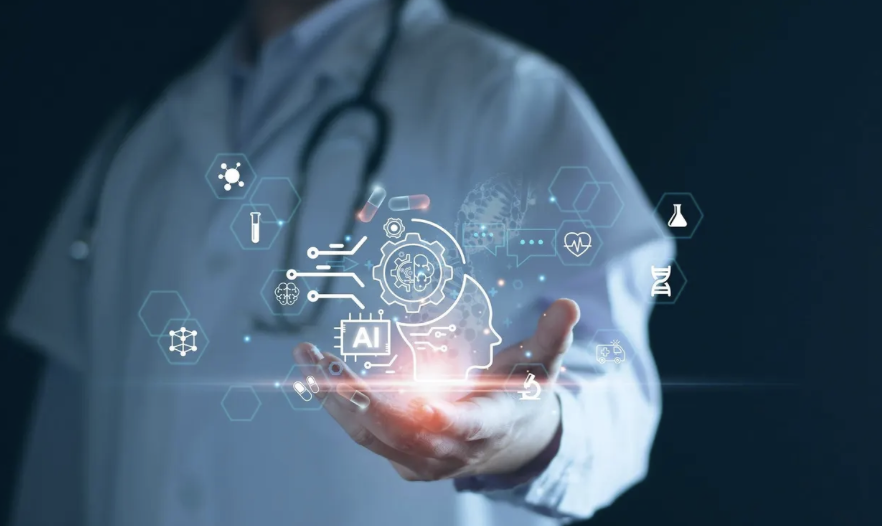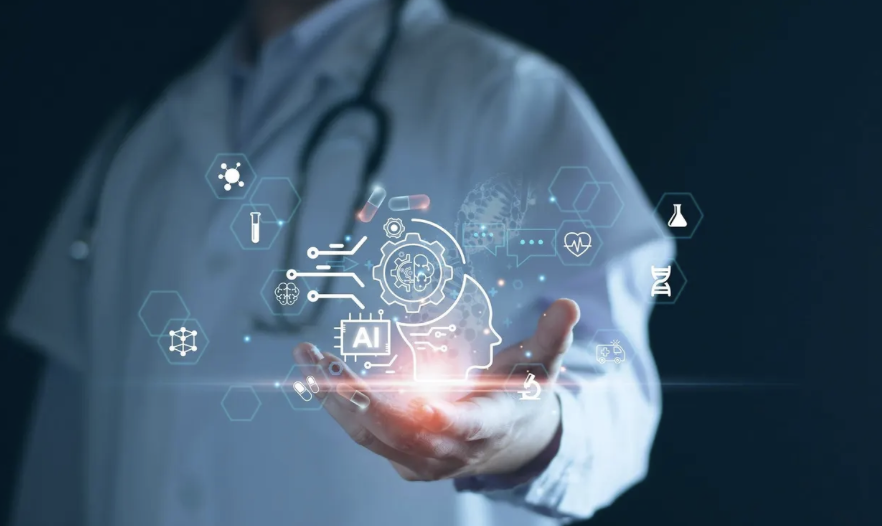Over the past few years, the apparition of Generative AI tools has significantly influenced our daily lives. These tools have the potential to entirely improve our productivity, task management, and skill acquisition, transforming ordinary tasks into meaningful experiences. In the upcoming article, I will discuss about the tools that I frequently use and their positive impact on my daily activities.
KOMO
By now I believe anyone has used Chat GPT at least once, either for research, studying, or other personal tasks. However are you familiar with KOMO? It’s another search engine that resembles Chat GPT, but it has a big advantage. Apart from answering your questions, KOMO gives you the opportunity to learn more about the topic by directing you to a number of other websites. Although Chat GPT is effective, I occasionally doubt the precision of its answers. However, with KOMO, I can easily verify the facts by visiting websites that are recommended in connection to my initial search.
Grammarly
Another tool that everybody should know about is Grammarly. This AI tool acts as your personal assistant whenever you need to write something. This application instantly checks your work for grammatical errors, whether it’s an email, research paper, or personal project. It can also operate as a rephrasing tool, which can be very useful in many situations, and propose better ways for explaining different phrases in order to make the text more coherent. For example, you may want to change words that are used repeatedly; this software can assist you precisely with that. Another scenario would be if you wanted to send a formal email but were unsure of the best way to word it. That’s where Grammarly comes in handy, as you can also select the tone that you would prefer for the text, such as formal, casual or neutral.
Notion
Last but not least, Notion is one of the best apps for taking notes and staying productive. I discovered this tool recently, and it has completely transformed my workflow. Since I was used to writing everything by hand, I was hesitant to use it at first, but after trying it, I could definitely see its benefits. Thanks to its intuitive interface, it is very easy to structure your notes and change the text colour and size to enhance the clarity of the text. The best feature is the AI-integrated tool, which allows you to ask for definitions or explanations while taking notes. Additionally, you can add the AI’s responses to your notes, making the writing experience seamless. Besides taking notes, you can use it to schedule and manage your tasks. I love this feature because it helps me stay on track with all the tasks I have to do on a daily basis. You can also use it to collaborate with other people, which is especially useful for group projects.
AI’s Benefits and Limitations
These are only some examples of AI tools that can greatly improve our daily productivity. When used effectively, they help us handle tasks more efficiently and enhance our learning experiences. However, it’s important to approach AI responsibly. Despite its vast knowledge, AI isn’t perfect; it can sometimes generate inaccurate responses or misleading information. To sum up, it is amazing that we have the opportunity to embrace the power of AI, but it is very important to leverage its strengths while remaining aware of its limitations.
References
Marr, B. (2023, June 27). Boost Your Productivity with Generative AI. Harvard Business Review. https://hbr.org/2023/06/boost-your-productivity-with-generative-ai
The Times. (2023). AI: the key to productivity and time-saving in business. The Times & the Sunday Times. https://www.thetimes.com/static/generative-ai-productivity-time-saving-business-benefits/?id=20410123333&gad_source=1&gbraid=0AAAAADiwoSACrH_VUWOjtsn2OUs9p18wg&gclid=Cj0KCQjwjY64BhCaARIsAIfc7YbXgdL6sHk50l8VUNfMJRLJ84OAm6ojEO4U4L91ZIJ4Oo-p8Om96CwaAkrnEALw_wcB



